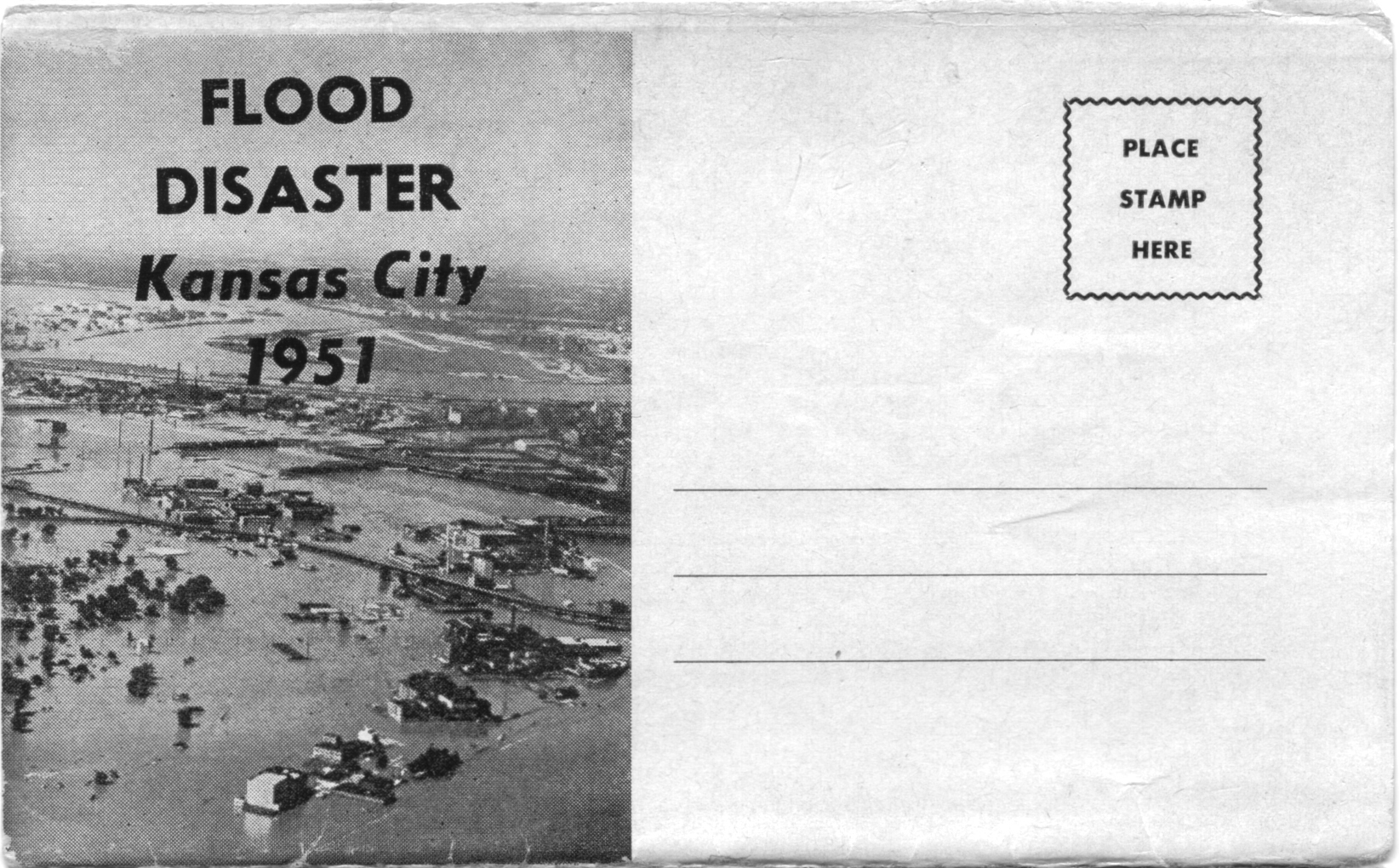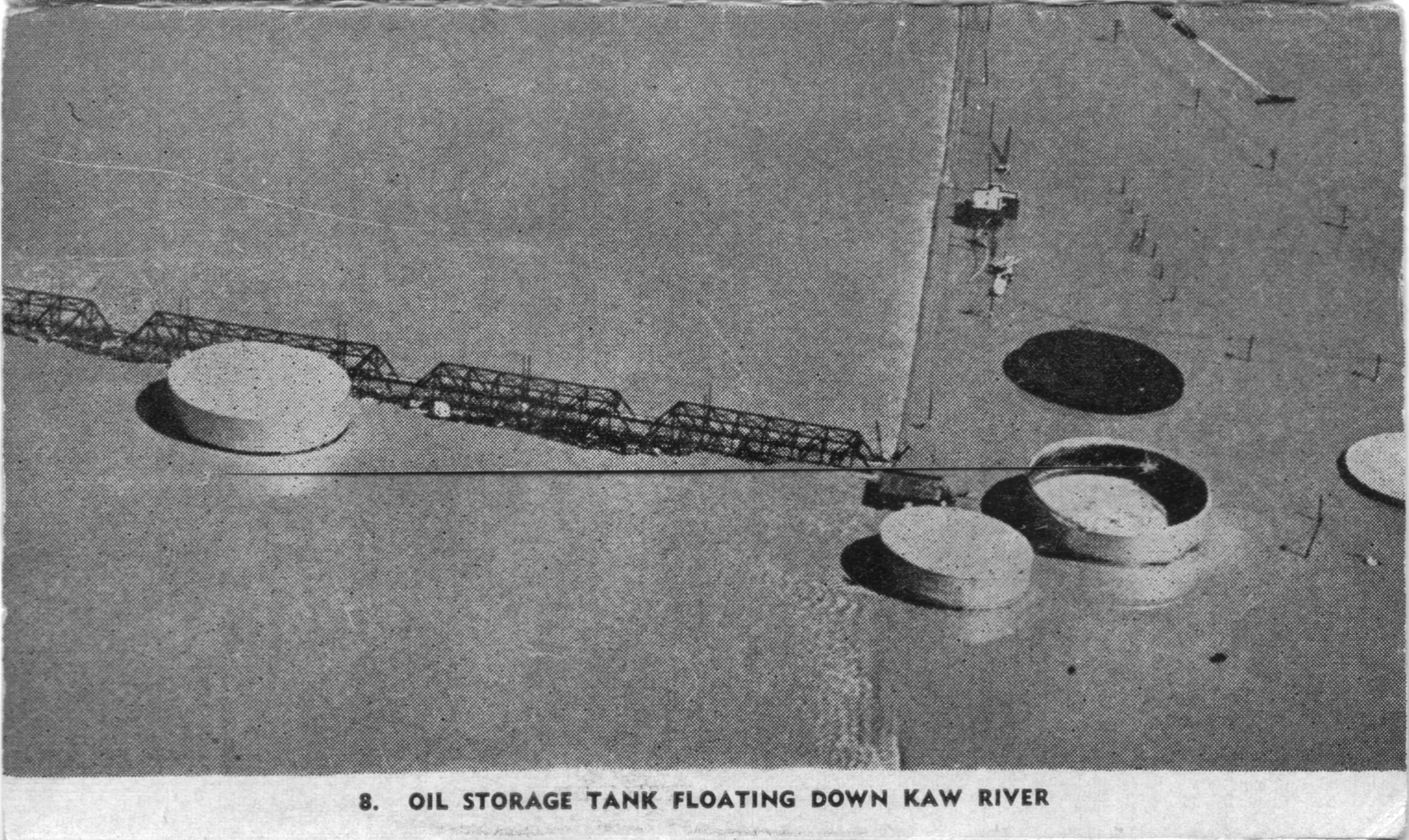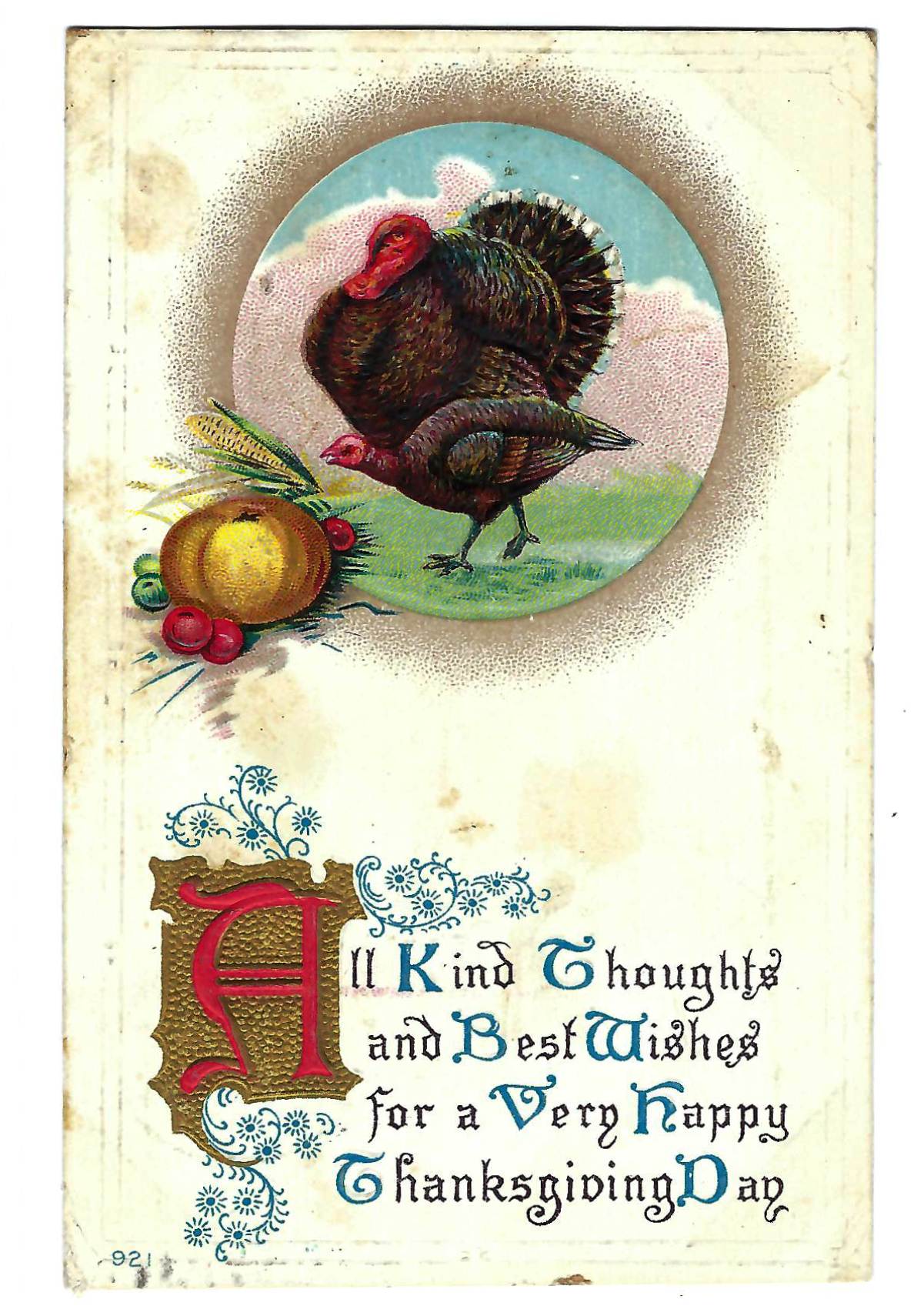Michael Bushnell
Northeast News
Making the floods of 1903 and 1908 seem insignificant in comparison is the flood of 1951, which was dubbed The Great Flood with the local mantra, “may there be no next time.”
Souvenir booklets and postcard folders were published about the flood by enterprising area photographers and authors like Jo Anne Graddy, who self-published a photo essay booklet The 1951 Flood in Greater Kansas City: A Picture Review.
Another was Flood Disaster Kansas City, 1951, published by Warner Studios of Kansas City. Warner Studios also published a postcard folder with the same title. The description inside reads, “This is the story of the Flood of July 1951, the costliest in the nation’s history, over three-quarters of a billion dollars-worth of destruction.”
It is a story dramatized by hundreds of thousands of individual tragedies: by homes and belongings being swept away in the flood waters; by thousands of railroad cars lifted off the tracks and slowly moving downstream like huge battering rams; by huge accumulations of debris against rail bridges obstructing the flow of water; by cattle and livestock swimming aimlessly in the swollen waters in the stockyards district; and by submerged bridges, highways and buildings.
The July 1951 floods were caused by a huge storm of unusual size and intensity for the central Great Plains. Excessive rainfall in central and western Kansas during May and June of 1951 caused major flooding and saturated the soil, sapping its capacity to absorb any additional rainfall.
On the afternoon of July 9, the rain began to fall heavily and continued through the morning of July 10. Following a brief lull, rain began again the evening of July 10 and continued through July 12. By midnight July 13, unprecedented amounts of rain had fallen since the beginning of the storm.
“Black Friday” came on July 13, 1951, when the Kaw River overflowed levees in the Argentine district of Kansas City, Kansas.
Despite the early warnings, there was no time to save property. More than 15,000 residents trod from their homes in a ragged line with whatever belongings they could carry as flood waters swirled around their ankles, then knees and ultimately inundated the entire district.
Armourdale came next, then the Central Industrial District and then the Fairfax area. Some people fled to relatives and friends; others took advantage of the emergency shelters hastily set up by the Civil Defense and the Red Cross.
Wednesday, November 7, at the Kansas City Museum in the Garment District at 8th & Broadway, Author Kenneth Kieser and West Side Historian Gene Chavez will host a panel discussion chronicling both the 1951 and 1993 floods. The event kicks off at 6:30 p.m. and reservations are required. Check out
kansascitymuseum.org.





















